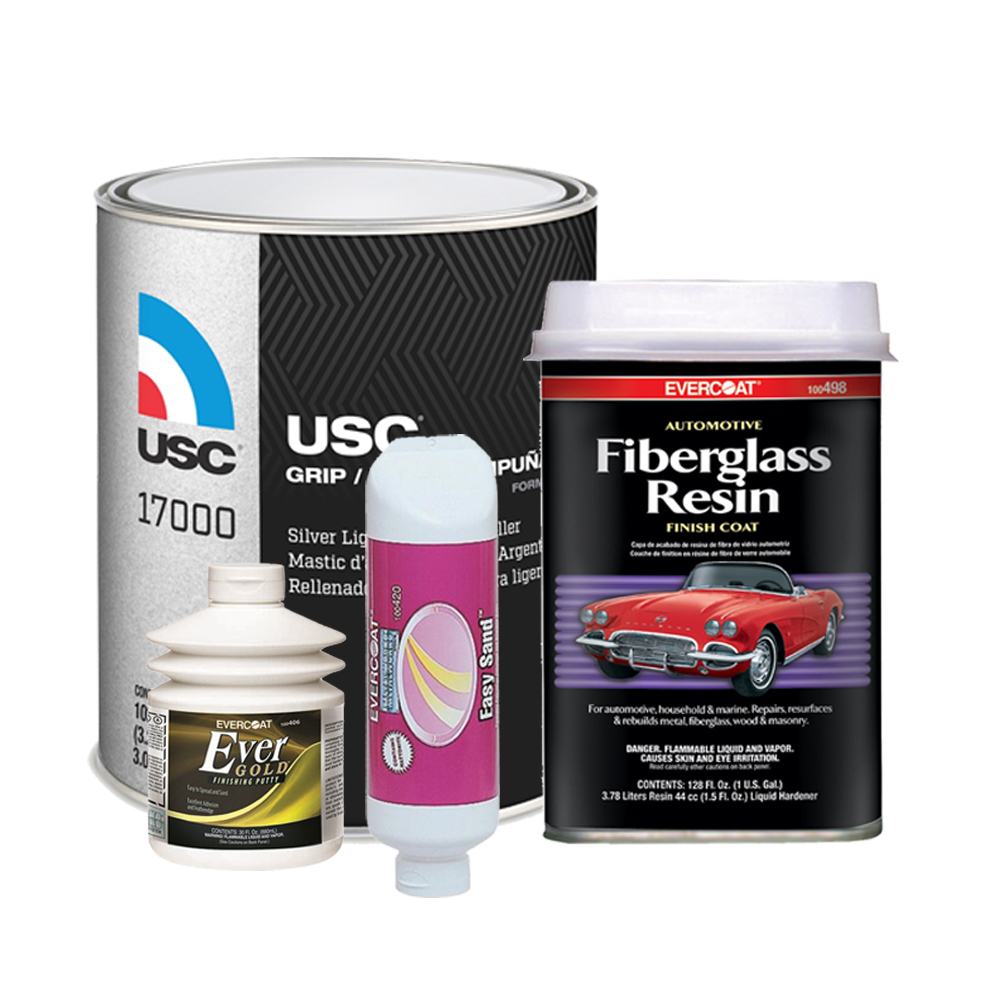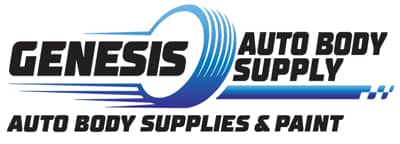
Auto Body Repair Basics: Understanding Different Types of Body Fillers
There are several types of body fillers or automotive fillers available, each with its own characteristics and uses. Here are some commonly used types of body fillers:
Polyester Body Filler: Also known as "bondo," polyester body filler is one of the most widely used and affordable types of fillers. It consists of a mixture of polyester resin and a filler material such as talc, calcium carbonate, or fiberglass. Polyester body filler is easy to mix, shape, and sand. It is suitable for repairing dents, scratches, and minor imperfections on metal or fiberglass surfaces.
Fiberglass Body Filler: Fiberglass body filler, also called fiberglass reinforced filler, contains small strands of fiberglass mixed with polyester resin. It provides added strength and is suitable for larger repairs or areas that require extra reinforcement. Fiberglass body filler is commonly used on surfaces that need to withstand greater stress or flexing, such as bumpers or body panels.
Lightweight Body Filler: Lightweight body filler, as the name suggests, is a type of filler that is lighter in weight compared to traditional polyester fillers. It contains a combination of lightweight fillers such as microspheres or glass bubbles, which reduces the overall weight of the repaired area. This type of filler is commonly used for larger repairs to prevent excessive weight buildup.
Glazing Putty: Glazing putty, also known as finishing putty or spot putty, is a type of filler used for final touch-ups and small surface imperfections. It is typically used to fill pinholes, minor scratches, or shallow dents before priming and painting. Glazing putty is finer in texture and easier to sand compared to other types of fillers.
Epoxy Body Filler: Epoxy body filler is a two-part filler system that consists of a resin and a hardener. It provides excellent adhesion and is commonly used for repairs on metal surfaces, including steel, aluminum, and galvanized steel. Epoxy body filler is highly resistant to moisture and corrosion, making it suitable for areas exposed to the elements.
Self-Leveling Body Filler: Self-leveling body filler is a type of filler that has a thinner consistency and is designed to flow and level itself out after application. It is particularly useful for filling large areas or vertical surfaces, as it reduces the need for excessive sanding and shaping. Self-leveling fillers can save time and effort in certain repair situations.
When choosing a body filler, consider the specific repair requirements, the type of surface being repaired, the size of the repair area, and the desired finish. It's essential to follow the manufacturer's instructions and safety guidelines when working with any type of body filler.

